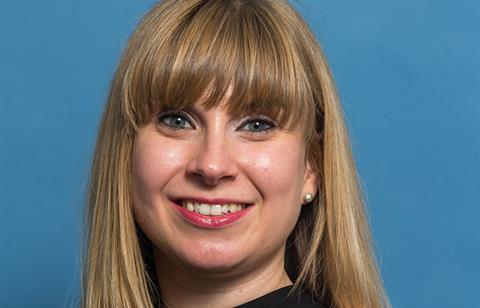
What does the future workforce look like in your organisation?
Is it likely to be more diverse than ever, with up to five generations now present in many workforces? Is it likely to include more millennials than ever, with the new expectations that they bring? Or will it comprise older employees who are either unable to afford to retire when they wish or who simply desire to carry on working past when they may, historically, have been expected to retire?
According to Retirement Advantages’ Retirement sentiment index report, published in October 2017, approximately half of over 50s in retirement plans want to continue working in some capacity after reaching retirement. The most common reasons for employees wishing to do so were that they liked working (54%), that work provided them with a sense of purpose (53%) and to avoid boredom (52%), according to a survey of more than 1,000 adults who are yet to retire conducted by Censuswide in March 2017.
This poses something of a challenge for employers. On the one hand, this demographic has a wealth of valuable experience and knowledge which organisations may be reluctant to lose; however, on the other, it may mean employers are unable to build a talent pipeline, resulting in talented individuals leaving an organisation in pursuit of better career progression elsewhere.
So, how can employers make the most of their existing talent, while still having the capacity to bring new, fresh talent up through the ranks?
This is an issue that federal space organisation NASA is currently addressing as one of a series of initiatives to ensure its workforce is fit for the future.
Speaking at Employee Benefits Connect 2018 earlier this week, its director of workforce engagement, Elizabeth Kolmstetter, explained that although approximately 40% of NASA’s workforce is eligible to retire, employees’ commitment, loyalty and engagement with the organisation and their roles means that they remain within the business.
To address this issue and enable the organisation to build a future talent pipeline, NASA has developed three initiatives. These include a phased retirement programme spanning a two-year period in the run-up to retirement and an Emeritus programme which enables employees to return to work on an unpaid, voluntary basis to work on a project that they have an interest in. Thirdly, it is developing a programme titled Leave a Legacy, which enables senior employees to leave their role to work on a prestigious project for up to two years on the understanding that they will consider retirement once this has been completed. As well as enabling the organisation to develop a talent pipeline, these initiatives also enable staff to ease into retirement and feel that they are leaving a real legacy behind them.
So, should more employers follow suit and develop programmes to support employees’ transition into retirement?
Debbie Lovewell-TuckEditorTweet: @DebbieLovewell
















